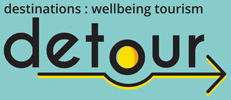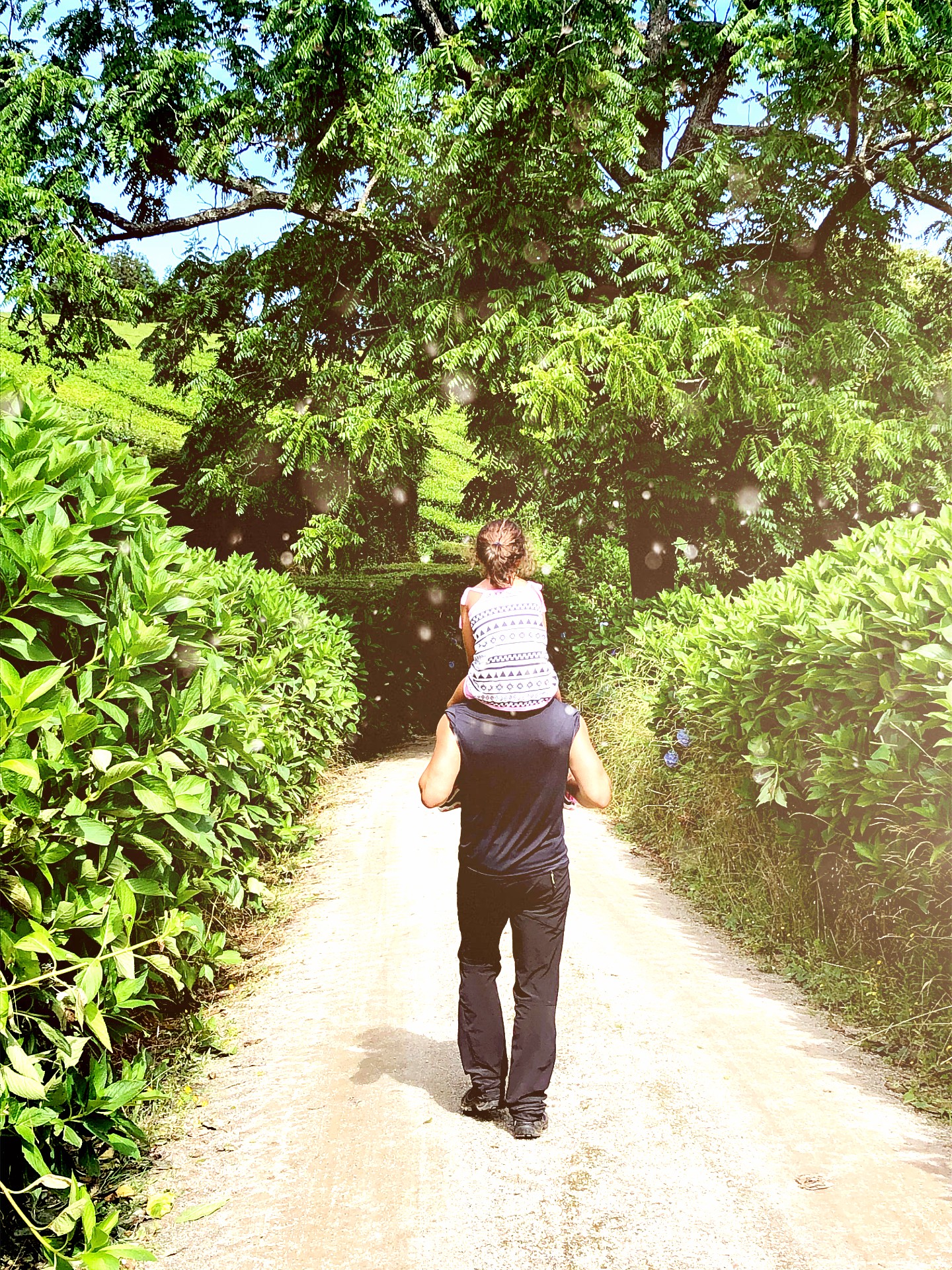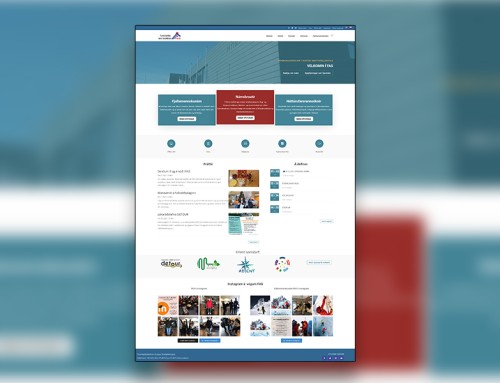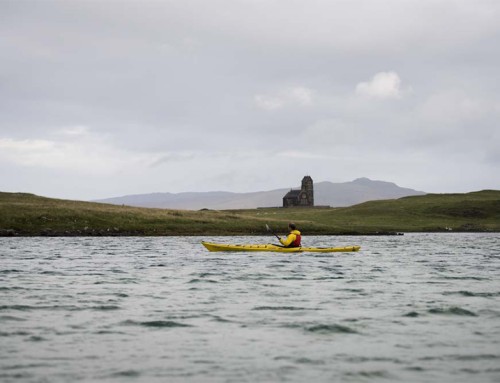Can you picture yourself on a beach tasting a delicious ice-cream on a hot sunny day just before diving on paradise-like seawater? Or having a relaxing massage in a thermal water spa? What about learning how to cook a delicious traditional stew of a lost tribe that teaches you some new useful techniques? Or guiding yourself with a map and a compass through a mountain top to reach a remote natural thermal water pool just for you?
The idea that experiences are more meaningful and bring more happiness than goods has become widely discussed by tourism scholars and market operators. It is one of the core principles of the Experience Economy and has even been featured in Forbes. The Experience Economy is a construct, presented by Joseph Pine and Jim Gilmore in a Harvard Business Review article (and later published in a book), that advocates experiences as the fourth economic offering after commodities, goods and services. This concept accommodates the idea that although experiences lack tangibility, people greatly desire them because the value of experiences lies within themselves, where it remains long afterwards, generating a sense of wellbeing.
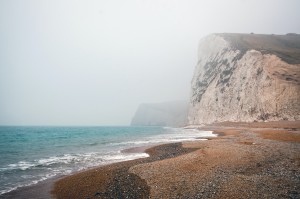
Inherently, tourism is all about experiences, and there are all sorts of experiences available, from 30-second adrenaline-packed bungee jumping to two-hour full spa treatments, or week-long camping and trekking in the wilderness. In the meantime, Pine and Gilmore have suggested that transformations, derived from experiences, are the fifth economic offering. In fact, the ATTA – Adventure Travel Trade Association has disclosed that (personal) transformation is the most important motivation for adventure travellers, while Creative Tourism emerges as a post-modern form of consumption of Cultural Tourism due to its transformational and personally meaningful impact that enables people to explore their creative potential and self-express themselves.
When travelling – as in daily life – people seek different ways to feel good and to be happy. Positive Psychology scholars establish a distinction between pleasure and enjoyment, disclosing their influence in life-long subjective wellbeing. Pleasure is the feeling of contentment that we reach when biological needs (e.g., hunger, thirst or refreshment) are satiated. Enjoyment, however, is derived from achieving something more than the momentaneous satisfaction of a need, implying surpassing one’s limits, overcoming a challenge or personal barriers and achieving a sense of accomplishment, like learning a new skill. Pleasure is an important component of quality of life, but, contrary to enjoyment, it does not contribute to personal growth. In turn, enjoyment originates in experiences that change us and that accommodate some sense of reward long after their ending.
The challenge for wellbeing tourism is, therefore, finding the appropriate balance for each individual, bringing together experiences that are both pleasurable and enjoyable, producing both moments of immediate satisfaction but also long-lasting cherished memories. For travellers, this will be the ultimate wellbeing haven, contributing to their satisfaction and personal growth. For companies and destinations, it will become a way of enhancing their products and empowering their brands through the production of somatic markers (i.e., cognitive shortcuts that help in deciding between several options) in those travellers that will guide them in the decision of repeat purchasing and brand loyalty. This is, in reality, an opportunity to create positive and wellbeing brands, leveraging the principles of Marketing 4.0, enhancing consumer involvement with territorial brands and stimulating their advocacy.
